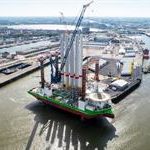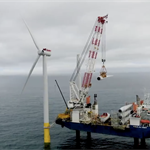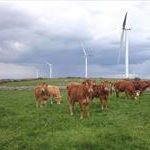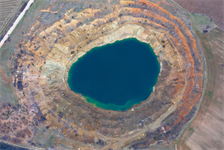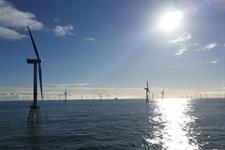Grid bottleneck threatens net zero goals with 3TW renewable energy left unconnected
Energy Disrupter
.png)
In a report examining the state of global electricity grids and their role in transitioning global energy use from fossil fuels to renewables, the IEA said the green transition was being held back by insufficient grid systems worldwide.
“At least 3,000 gigawatts (GW) of renewable power projects, of which 1,500 GW are in advanced stages, are waiting in grid connection queues – equivalent to five times the amount of solar PV and wind capacity added in 2022,” the report’s executive summary read.
It added that the true figure for the number of wind and solar projects awaiting connection was likely to be even higher because the organisation only had data on connection queues for countries that account for half of global wind and solar capacity.
The IEA said its findings meant that insufficient grids were consequently creating bottlenecks that directly threatened existing climate goals which aimed to keep global heating below the dangerous threshold of 1.5°C.
This is partly because delays to incorporating additional renewable capacity mean a slower renewables uptake and “higher fossil fuel use”.
A “grid delay case” scenario modelled by the IEA in the report showed that with slower development of grid infrastructure than what is needed would cause emissions far beyond those compatible with the stated target of 1.5°C of heating.
“Cumulative CO2 emissions from the power sector to 2050 would be 58 gigatonnes higher in the grid delay case than in a scenario aligned with national climate targets. This is equivalent to the total global power sector CO2 emissions from the past four years… global long-term temperature rise would go well above 1.5 °C, with a 40% chance of it exceeding 2 °C,” the report read.
Wind targets impacted
Existing national and global targets for wind energy would be impacted if the grid delay scenario happens, the IEA said.
“Slower development of grid infrastructure delays the deployment of solar PV and wind power in all regions… Wind capacity additions are held more than 15% below the announced pledges level in 2030 and almost 20% below it in 2050,” the report read.
It used specific examples to show how this issue is not only a future concern but a present global problem.
It pointed out for example that South Africa’s latest renewable energy tender held in December 2022 failed to award any onshore wind capacity because all of the proposed projects were in areas with no grid availability.
The IEA meanwhile said that massive additions and refurbishment to the existing grids is needed if national and global climate goals are to be met.
“Reaching national goals also means adding or refurbishing a total of over 80 million kilometres of grids by 2040, the equivalent of the entire existing global grid,” the IEA said.
To achieve the needed improvements, global investments in grid infrastructures would need to hit $600 billion per year by 2030, the IEA said, in sharp contrast to a decline in such investment seen in developed economies over the last decade.



